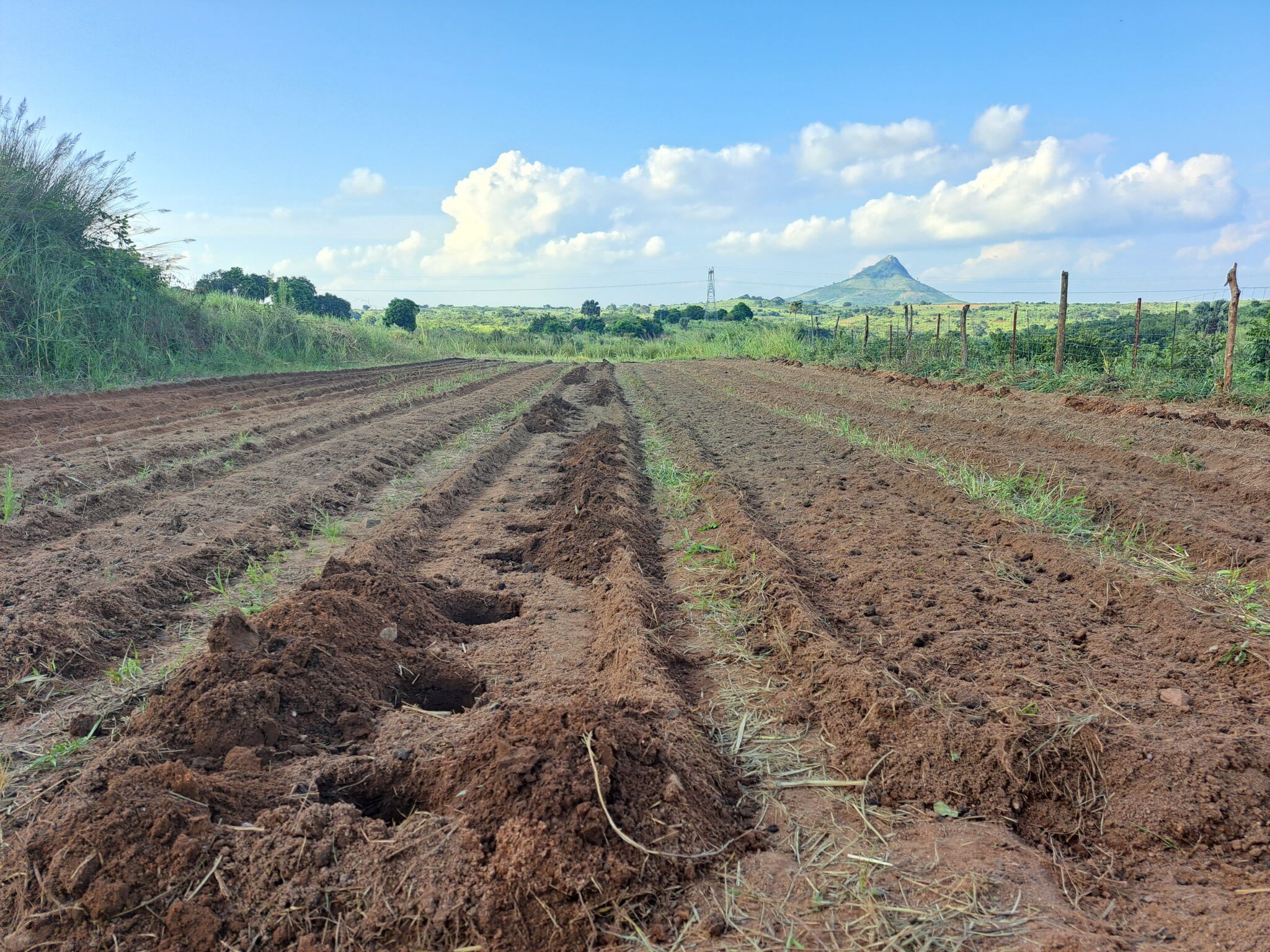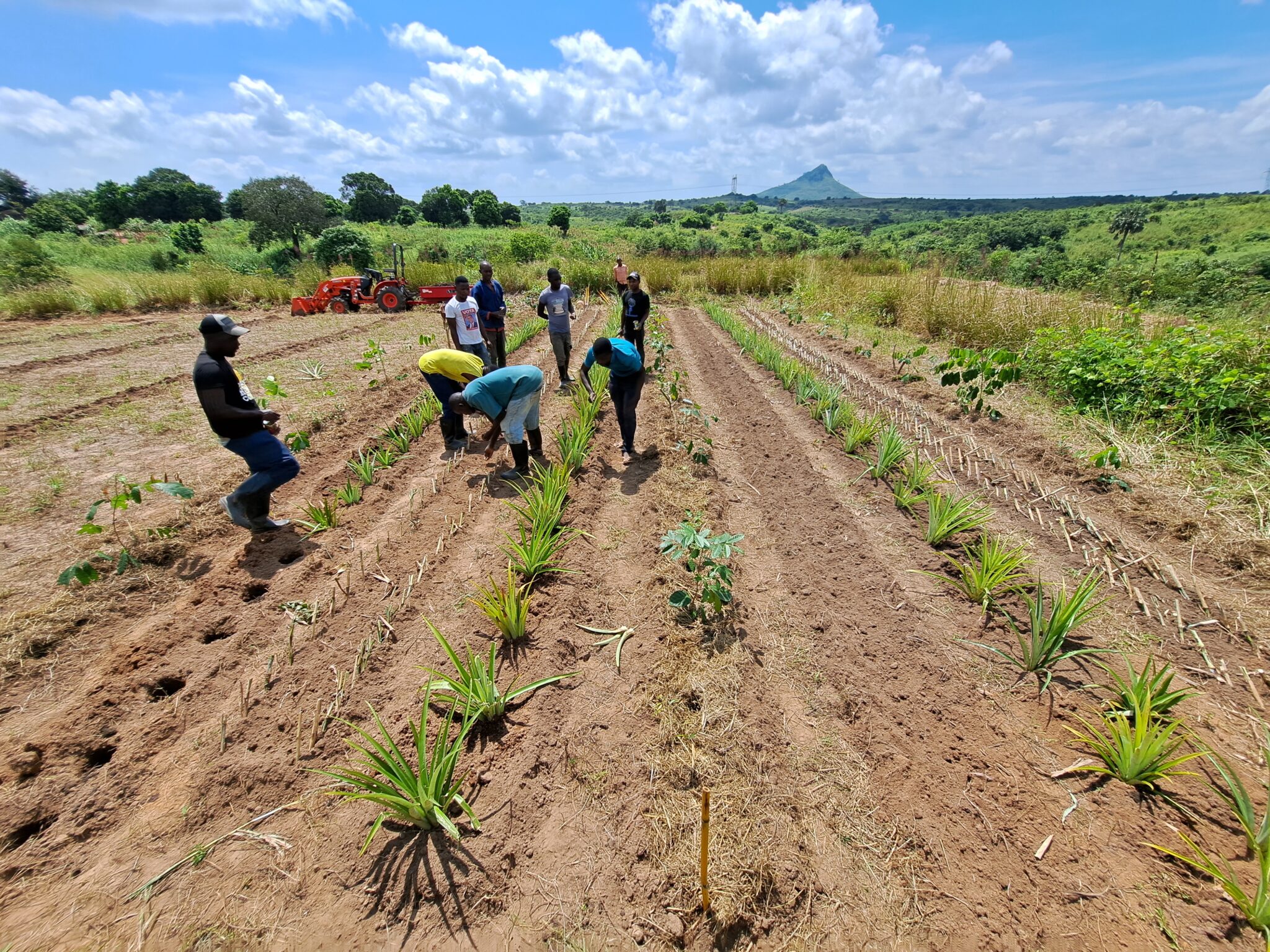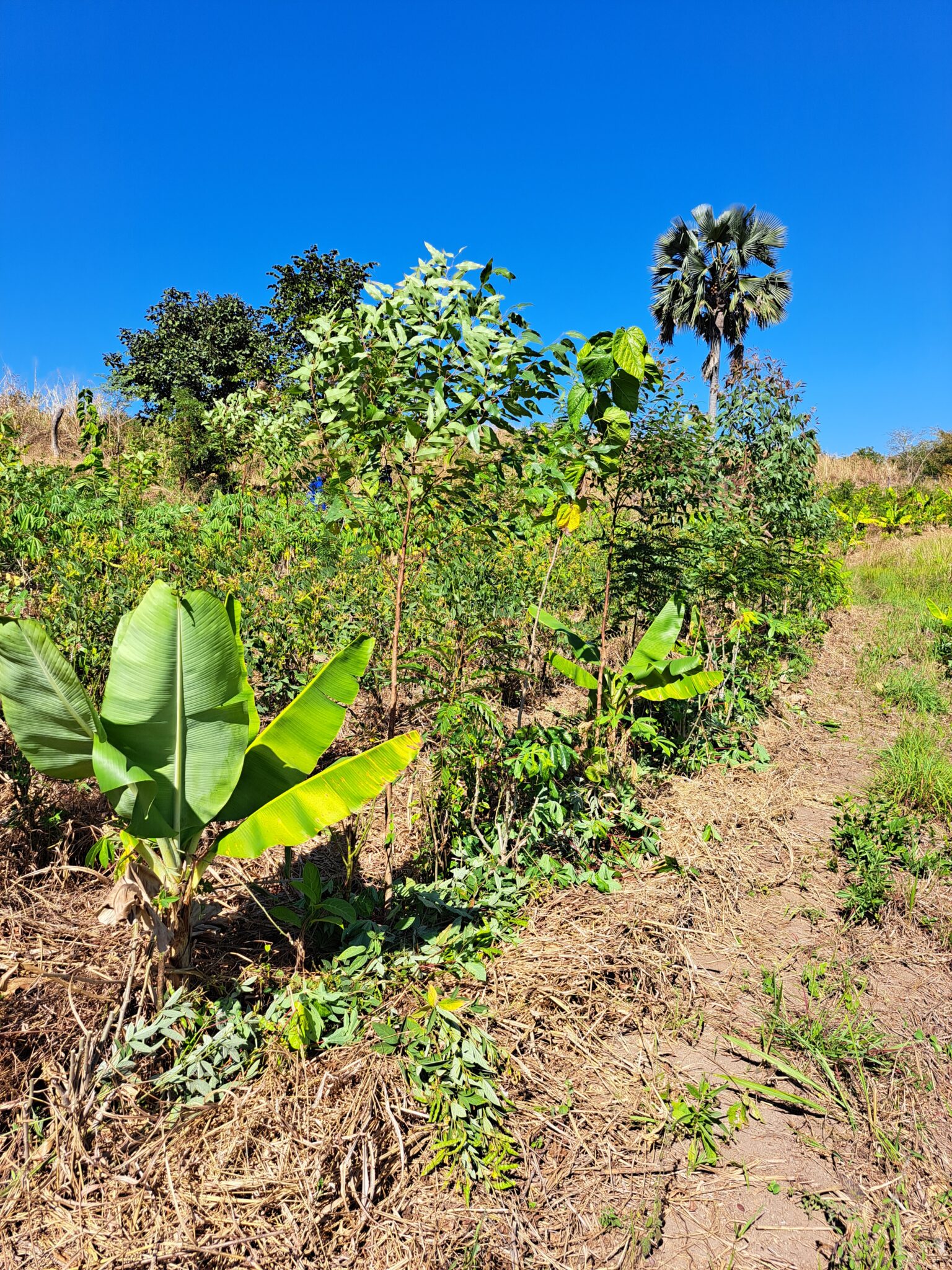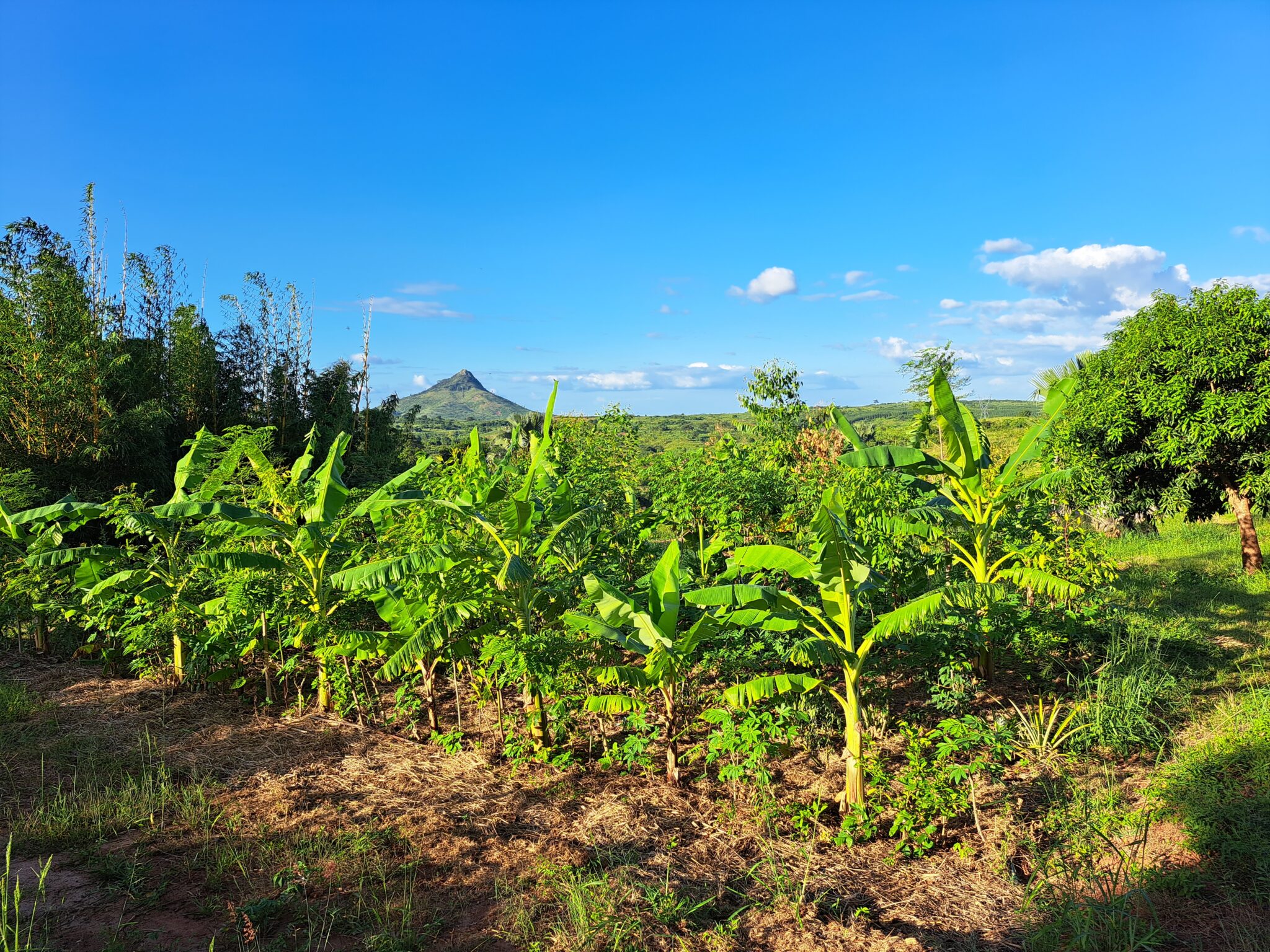R evitalization may not be a word that you would automatically affiliate with agriculture, but it has been at the core of the ministry of New Harvest Farm. While I understand that we are still very much in the early stages of revitalization, and that it looks different in every situation, there are a few lessons that we have already learned and can share.
Video: Chad Vanden Bosch introduces syntropic agroforestry and the effects it has had at New Harvest Farm. Walk through the field with Chad!
The first takeaway is that revitalization takes patience. New Harvest Farm was launched in 2018 as one part of a larger holistic ministry in rural, central Mozambique. The purpose of the farm was to address the very real physical need of food security in a region where over 50 percent of the population live with chronic malnutrition. One of the major factors affecting food security in the region is extreme soil degradation. Slash and burn farming techniques along with uncontrolled erosion and lack of crop rotation has led to shockingly meager yields.
We knew that if we hoped to really have a positive impact on food security we were going to have to walk with our neighbors through the process of revitalizing their farms. That all sounded great, but honestly, we had no idea what that would actually look like. For us, the process of revitalization took patience as we struggled to find an accessible and culturally relevant mechanism. We spent years chasing simple solutions to complex problems with little results. We began to see breakthrough only when we recognized the complexity of the problem and that the Lord was leading us toward a “beautifully complex” solution.

Field ready for planting.
The second takeaway is this: when you are pursuing revitalization, you better prepare yourself because when it takes root, it’s going to spread. When we finally started to see our first signs of revitalization in our fields, it was like a holy balm. The first four years of ministry at the farm had been challenging and everyone on the team felt it. Two cyclones, several droughts, robberies, and the senseless murder of our farm manager left us reeling. We couldn’t help but recognize the devil’s hands in this. There were lots of questions to be asked, such as if this pursuit was truly worth it. As revitalization started to take root in our fields, it quickly spread to our hearts as well. There was such joy in seeing these results that we could only point it back to the Lord. We couldn’t help but also be swept away. It was compelling—we wanted to see these changes in more areas of the farm, the community, and our own lives.

Workers begin to plant rows of crops—a concentrated mixture of trees with perennial and annual crops to create a functioning ecosystem.
The third takeaway is that revitalization may look a little messy. After years of pursuing simple, elegant, clean solutions to revitalize our fields, the Lord led us to something completely the opposite. It started with the recognition that God’s creation, God’s masterpiece, is infinitely complex. Once we started looking at our fields and farm as a greater ecosystem, only then did things start to make a bit more sense. This led us to a system called “syntropic agroforestry.” Syntropic is not a word most of us use on a daily basis, but it can be defined as “a continual building of complexity.” This system is actually built on several natural processes, such as succession, nutrient accumulation, and plant stratification. Those are a lot of big words to basically say that the process mimics what nature does to initiate revitalization when there is a disturbance in an ecosystem.
Practically what this looks like is planting a concentrated mixture of trees together with perennial and annual crops—this promotes a functioning ecosystem. In our case, rows of diverse trees are planted between 10 and 20 feet apart (depending on the purpose of the system) with the areas between planted with crops that provide food, forage, or fiber. The trees themselves are planted a foot or less apart, including timber, citrus, fruit, and biomass producers. I know this seems quite counter-intuitive and believe me, I was probably the most skeptical that this was going to bring any kind of revitalization to the farm.
We started by putting in a test plot in our worst performing field. We had cropped that field with corn the year before and didn’t have a single stalk that grew more than 3 feet tall. We spent a week planting 150 trees, as well as corn, beans, sweet potatoes, tomatoes, cassava, pineapple, taro root, and even coffee. I honestly did not expect much from this field, so you can understand my shock when less than five months later, we harvested our best ever production of corn, beans, and tomatoes. Not only that, we had timber trees nearly 10 feet tall, and almost the entirety of 150 trees healthy and growing well. We will never fully understand the processes that allow a field that couldn’t produce a single crop to seemingly support a multitude of layers of production. All we can say is that God’s creation is amazing.
When you step onto New Harvest Farm today, the first thing you will probably notice is that our fields look messy. There are dozens of kinds of trees mixed with fruits, vegetables, grains, and grasses. What I have come to recognize is that what may be easy to mistake as a mess is actually a beautiful complexity. At New Harvest Farm, this “mess” is what revitalization looks like.

A beautifully complex, revitalized field, full of crops.
Photo and video credit: Chad Vanden Bosch

Chad Vanden Bosch
Chad Vanden Bosch is a missionary serving in Mozambique with his wife, Dara, in partnership with RCA Global Mission and Audio Scripture Ministries.



